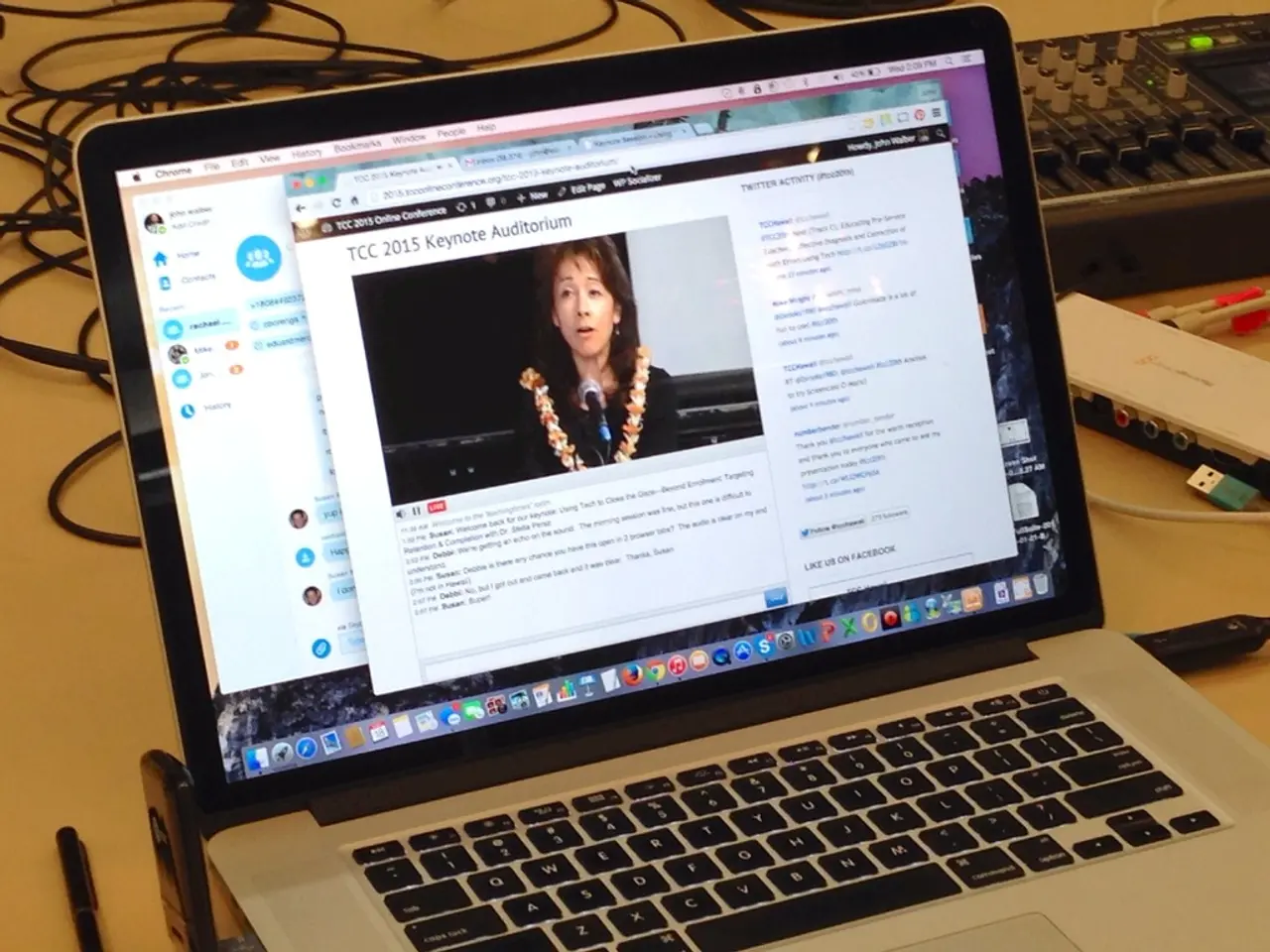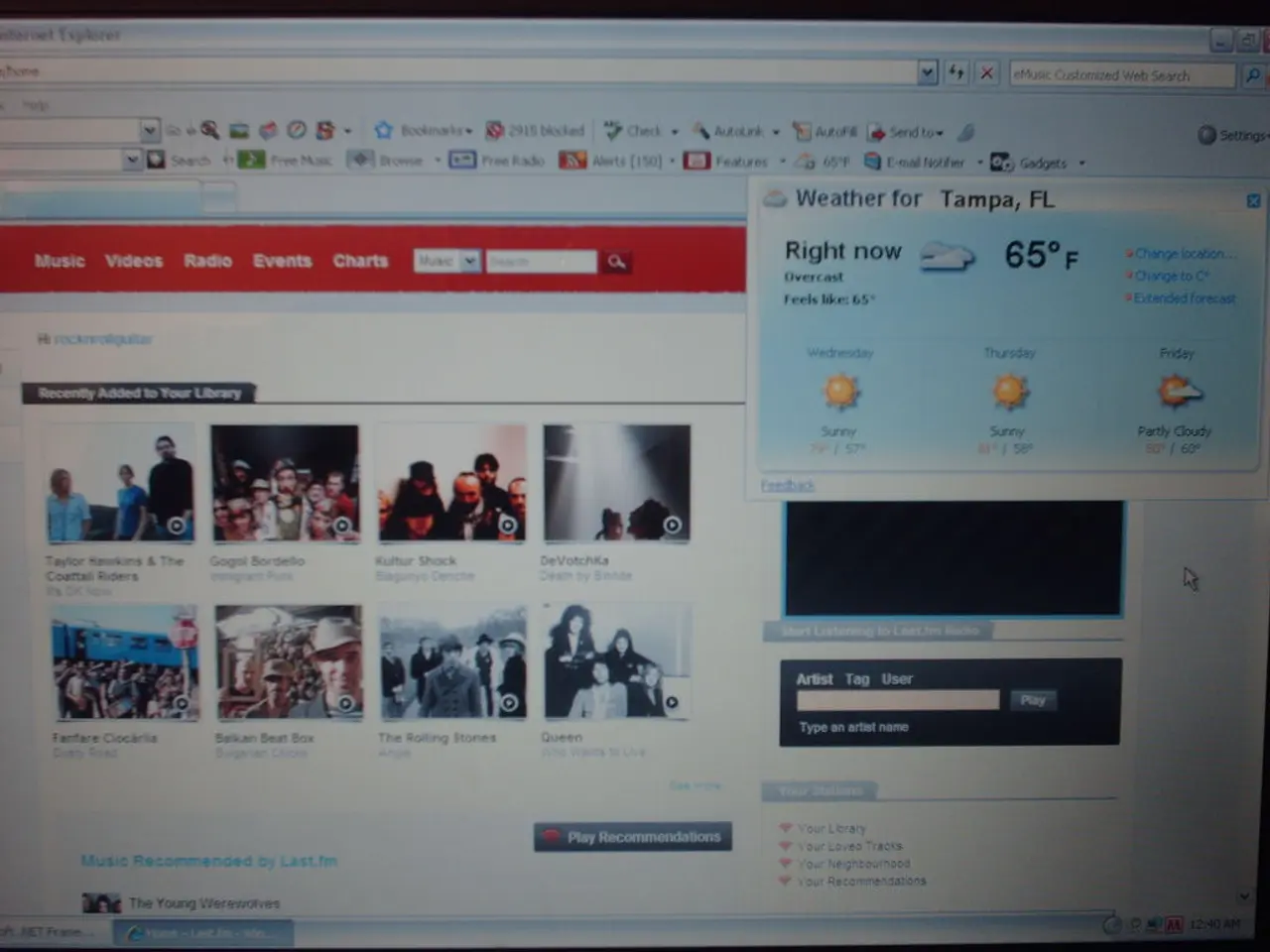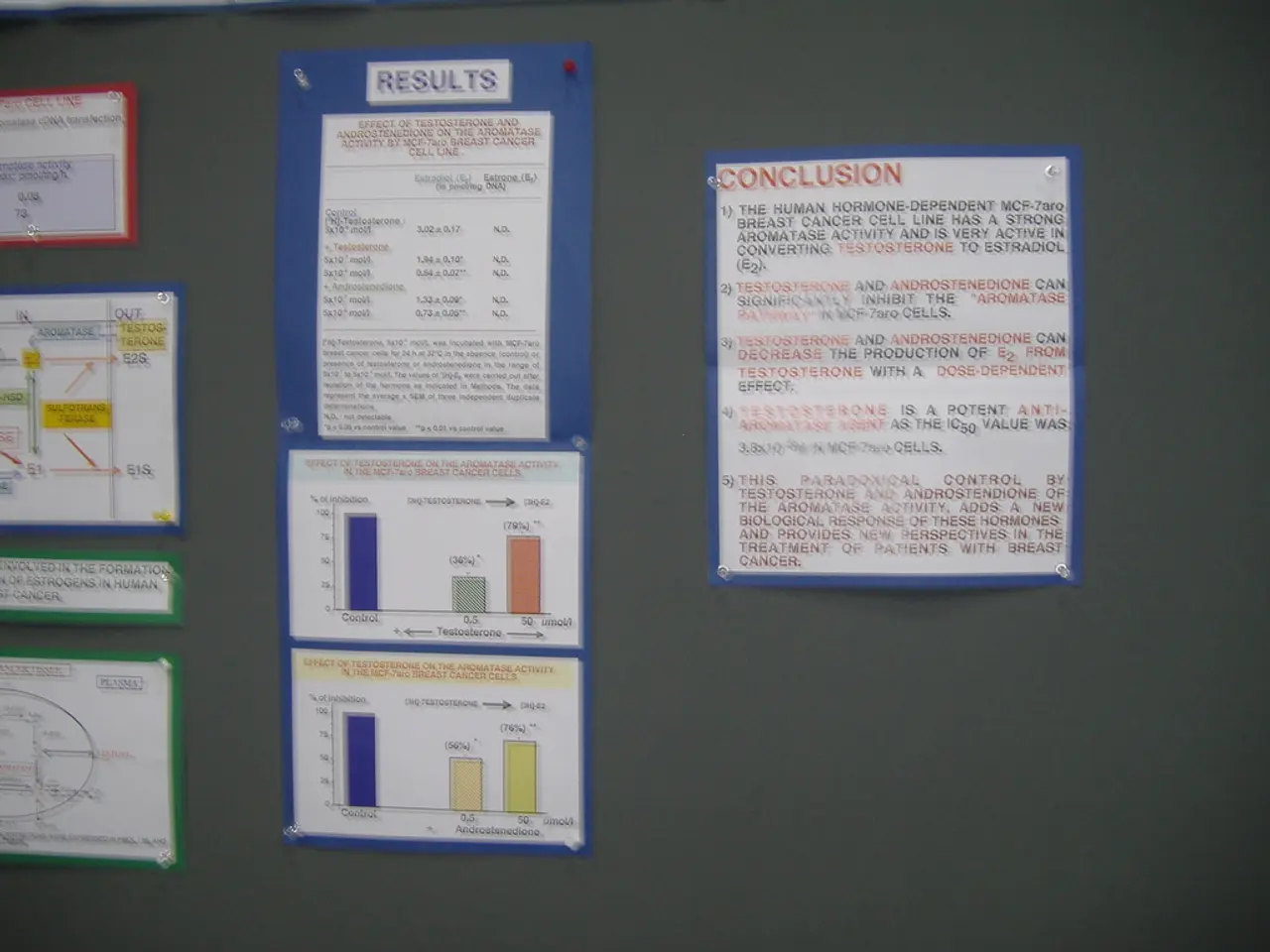Swift Development Framework for New Businesses: Achieving Quick Launch and Sustainable Durability
Launching a Successful Minimum Viable Product (MVP) for Startups
In the fast-paced world of startups, balancing speed of delivery with long-term maintainability is crucial when architecting a Minimum Viable Product (MVP). Here's a guide on how to create an effective MVP that can grow with your business.
Define Your Core Problem and Unique Value Proposition
The first step is to clearly define the problem you're solving and your unique value proposition. This helps prioritize essential features only, ensuring that your MVP remains lean and focused.
Adopt an Agile Approach
Embrace an agile development approach, which emphasizes fast iterations while deliberately planning architecture and documentation. This strategy helps avoid technical debt and scalability issues later.
Choose Scalable, Modular Architecture
Opt for a scalable, modular, and cloud-friendly architecture. This choice supports future growth without sacrificing early speed. API-first architecture and cloud-native deployment are particularly beneficial.
Use Appropriate Tools
Set up version control systems like GitHub, use project management tools such as Jira or Trello, and conduct regular code reviews and testing to maintain code quality.
Validate Ideas Early
Leverage no-code/low-code platforms or concierge MVP approaches to accelerate early delivery and validate demand before heavy development. This approach helps save resources on irrelevant functions.
Keep It Simple
Design your database for simplicity and scalability, focusing on core data needs that allow flexibility as the product evolves. Remember, the MVP should be quick, but not fragile.
Avoid Common Pitfalls
Avoid overloading the MVP with non-essential features, neglecting documentation and architectural planning, and insufficient user feedback loops. These common pitfalls can lead to technical debt and feature creep.
Structure Your Codebase Wisely
Structure your codebase with clear domain boundaries. Each folder can evolve into its own service later. Choose tools that help with movement without causing lock-in.
What Does "Viable" Mean?
Before writing a line of code, define what "viable" means for your MVP. Ask yourself questions like: What is the core user problem being solved? What is the simplest version of the product that proves the idea? What features can wait for v2?
Monolith or Microservices?
At the MVP stage, a modular monolith (a single deployable unit with clean internal separation) is preferred over microservices and distributed systems. Monoliths are simpler to deploy and debug, easier for small teams to manage, and lead to faster shipping.
By following these guidelines, startups can launch quickly to learn and adapt, minimizing the need for painful refactoring or rewrites as the product scales.
Startups should emphasize defining the core problem and unique value proposition when launching a Minimum Viable Product (MVP) to ensure a lean and focused product, favoring scalable, modular, and cloud-friendly architecture that supports future growth. Additionally, maintaining code quality is crucial by using appropriate tools like GitHub, Trello, and conducting regular code reviews and testing.




